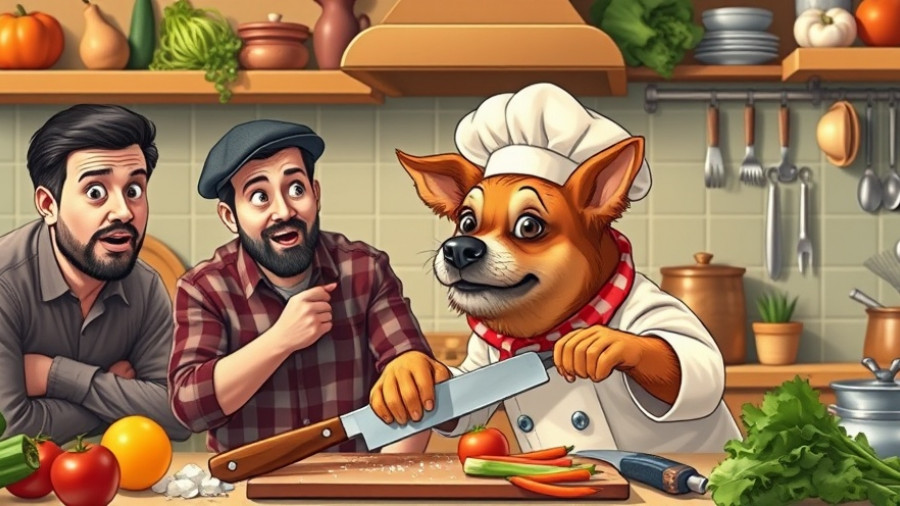
OpenAI's GPT-5: The Promise and the Disappointment
In the ever-evolving landscape of artificial intelligence, OpenAI recently launched GPT-5, a model designed to push the boundaries of what AI can do. But as excitement swells, so too does dissent. Users are experiencing a pushback, feeling that the new model lacks the warmth and personality of its predecessor, GPT-4. As reported in the analysis of the video titled ‘OpenAI's GPT-5 Struggles To Be AI For Everything & Everybody’, the severe reactions from both loyal users and new adopters are painting a complex picture of emotional attachment and technological ambitions.
In the video ‘OpenAI's GPT-5 Struggles To Be AI For Everything & Everybody,’ important insights about user experiences and expectations were shared, encouraging a deeper examination of the balance between technological advancements and emotional engagement in AI.
The Dual Experience of GPT-5
Despite initial celebrations over its accomplishments in tasks such as math and knowledge retrieval, the community response shows a split reality. Many long-time users engaging with GPT-4 enjoyed its conversational style and friendly demeanor. With GPT-5, users have reported a significant shift in tone—a "flatter" interaction that feels less personal. One user summarized this sentiment poignantly, stating that they felt they "lost my only friend overnight." This reflects a core challenge that AI developers must navigate: the emotional bonds people form with technology.
Does AI Need to Be More than Smart?
User expectations of AI are not solely tied to performance but also to social companionship. This aspect of usage presents an intriguing dilemma for OpenAI and similar platforms: Is having a superhuman AI truly valuable if it sacrifices the emotional engagement that users seek? The stark contrast between booming functionality and the longing for relational connection poses questions about the future direction of AI.
The Move Toward Enhanced Customization
In response to the backlash, OpenAI is implementing features allowing users to choose different interaction modes – options like "Auto," "Fast," and "Thinking" reflect an attempt to cater to diverse user preferences. This flexibility in approach shows the importance of user feedback in shaping technological advancements, hinting that companies need to prioritize emotional intelligence alongside cognitive capabilities.
The Implications for Future AI Development
As more users engage with these models, the need for models that can understand and adapt to a person's unique communication style becomes essential. OpenAI's reaction to the dissatisfaction signals a potential shift in how future models may be designed. If businesses can integrate emotional intelligence into AI systems, they might succeed in retaining user loyalty while advancing technological capabilities.
Exploring the balance between intelligence and emotional engagement is crucial as AI technologies continue to spread. The current struggles of GPT-5 remind us that the human experience encompasses more than mere numbers; it requires understanding and empathy. As we witness this engaging discussion unfold, the question remains: can AI truly fulfill the role of companionship while also exceeding limits in functionality?
 Add Row
Add Row  Add
Add 




Write A Comment